Experts Uncover Ancient Teeth That Challenge What We Thought We Knew about the Bubonic Plague
The Black Death was a devastating plague that killed millions in the 14th century. Despite advances in medicine, its origins remained a mystery until recently. Finally, a group of researchers found new answers in an old graveyard, revealing that it was just the first wave of a 500-year-long pandemic.
Understanding the Black Death is crucial to understanding our history as a species. In addition, it will help us dig deeper into understanding the pandemic and mitigating future cases that might threaten our existence.
The Origins of the Plague
In June 2022, a group of researchers claimed to have discovered the plague’s origins, a topic of debate among experts for centuries. Modern research revealed that the pandemic was caused by the bacterium Yersinia pestis, which was only identified in the late 1800s by Alexandre Yersin.

Source: wikipedia.org
The Yersinia pestis bacterium quickly spreads through the air and by bites from infected animals such as rats and fleas. This was a significant problem in medieval Europe, where pests were prevalent.
The Ships Came Carrying Extra Goods
The plague arrived in Sicily in 1347 via a fleet of ships full of rats and other vermin. The disease would quickly spread to other cities such as Marseilles, Tunis, Italian cities, and London. People did not understand how pandemics spread at the time, so mystical explanations such as “aerial spirit” from sick individuals striking healthy people emerged.
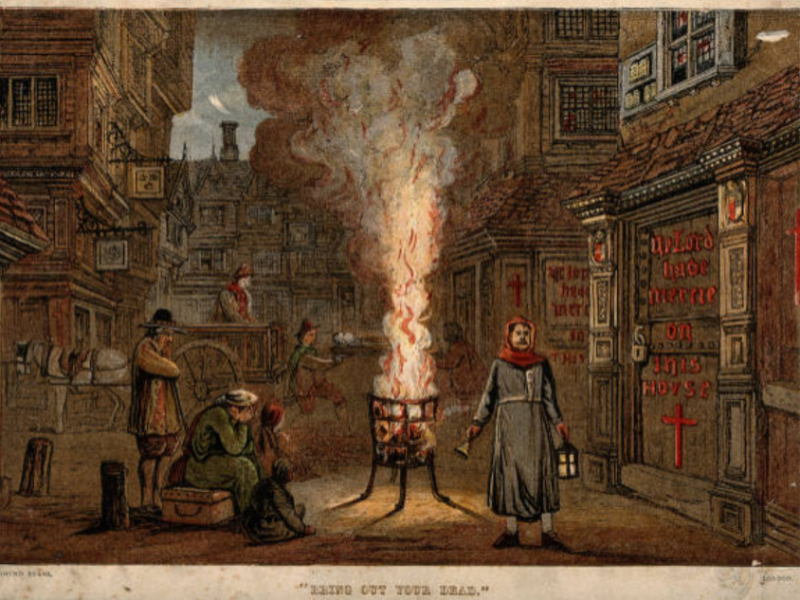
Source: Getty Images/Heritage Images
Symptoms included painful swellings, called “plague-boils” by poet Giovanni Boccaccio, filled with pus and blood, aches, stomach issues, and fever. The plague affected the lymphatic system, lungs, and blood, resulting in swift death.
Medical Experts Were Flabbergasted
Medical practitioners did not know how to effectively treat the plague’s symptoms, which often worsened things. They also employed spiritual practices and avoided treating infected individuals, which caused disruptions in society as stores closed.

Source: Getty Images/Smith Collection/Gado
Quarantining, or isolating infected individuals, originated during the Black D**th, when people realized the necessity of staying away from those infected. As a result, many people fled urban centers to rural areas to escape infection. Nonetheless, this was only sometimes successful, as farm animals also carried the disease, leading to high sheep mortality and the collapse of the wool trade in Europe.
No One Knows Where It Came From
The Black D**th was just one wave of the pandemic, which faded within a few years, but the pandemic would continue for almost half a millennium. It was a dark period that left a lot of questions that were yet to be answered.

Source: Getty Images/Hulton Archive
The origins of the bubonic plague are still a mystery. Experts have suggested various theories over the years, originating in central Asia, Iraq, Russia, India, and space. Still, the exact origin of the disease remains uncertain.
Origins of the Plague?
In June 2022, experts from the Max Planck Institute, the University of Tubingen, and the University of Stirling found evidence that the disease emerged in the north of Kyrgyzstan. Dr. Philip Slavin and his team identified the origins of the bubonic plague in the north of Kyrgyzstan. They found a spike in burials in 1338 and 1339 and exhumed 30 skeletons from cemeteries near Lake Issyk Kul.

Source: Getty Images/Smith Collection/Gado
DNA analysis on teeth from these remains confirmed the beginning of the second plague pandemic. The team also had to translate tombstones inscribed in Syriac and review centuries-old records to identify the exhumed bodies.
Blame It on the Rats
The researchers believe that the plague may have originated from a rodent population, specifically marmots, in the Kyrgyzstan area, passing the infection on to human populations. Nonetheless, there are still other mysteries from the medieval world, such as the sudden decline of one of the biggest cities at that time.
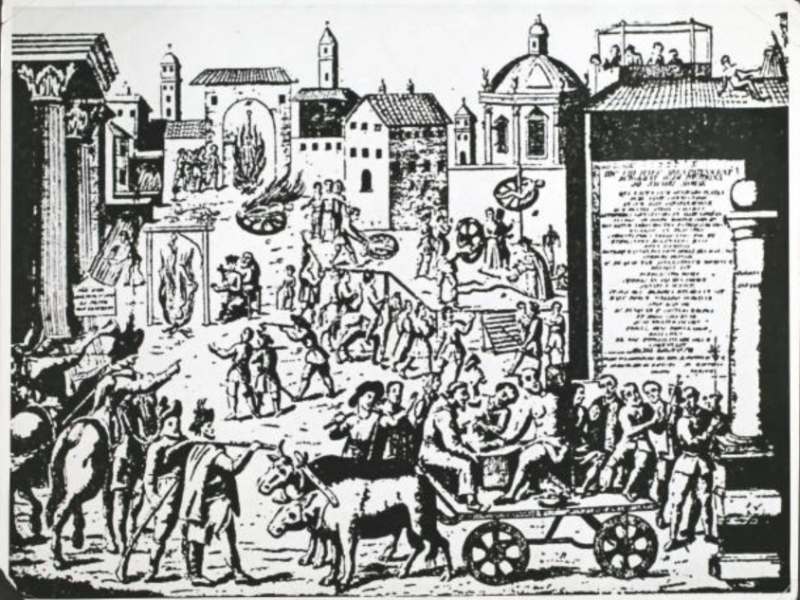
Source: Getty Images/Culture Club
Ani, once a bustling metropolis with tens of thousands of inhabitants, is now a ghost town with only ruins remaining to tell the story of its past greatness. The abandoned city is a reminder of its former status as one of the world’s major cities, now reduced to eerie ruins in the Turkish countryside.
The City of Merchants
Ani was a city built on highlands that protected it from enemy attacks. The city walls were constructed in the 7th century AD. Ashot III, an Armenian ruler, chose the city as his empire’s capital in 961 AD, during which the city and the wider Bagratuni kingdom flourished in the “Armenian Golden Age.” At its peak, Ani was a cosmopolitan center of culture, art, and ideas.
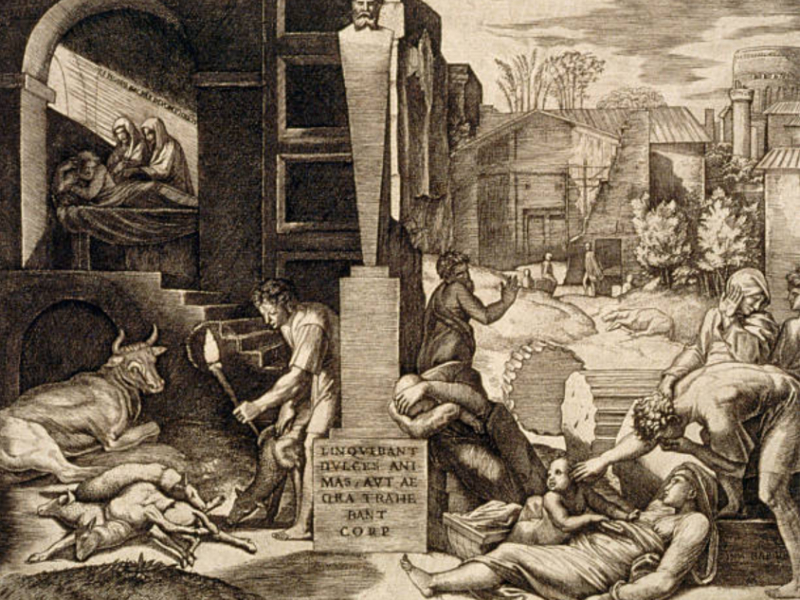
Source: Getty Images/Historical Picture Archive
The city was built with greatness and trade in mind, and the rulers made steps to ensure the city was well-protected and secured.
The Perfect Trade Center
Ani’s location at the intersection of trade roads, particularly the Silk Road, contributed to its success as a trade center. As a result, the city was filled with merchants and their wealth during its peak, earning it the nickname “City of 1,001 Churches” and “Cradle of Civilizations.”
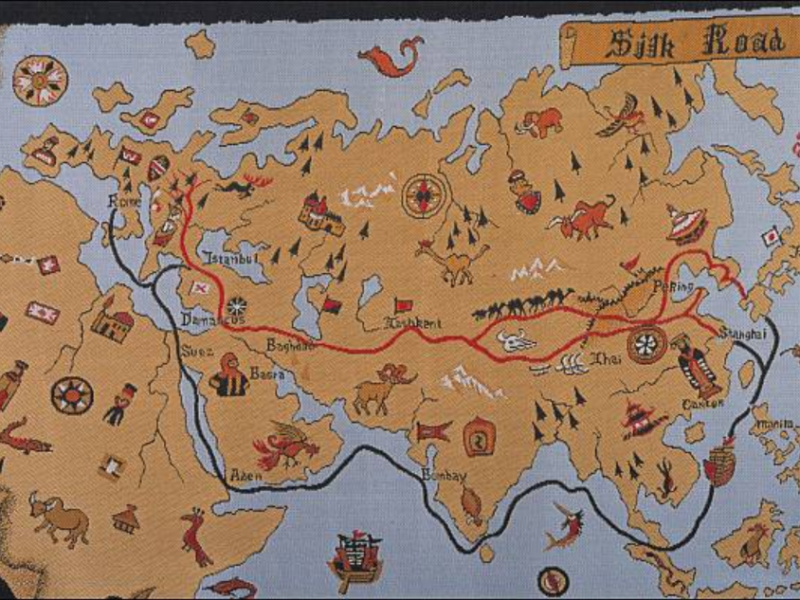
Source: Getty Images/Pool BENAINOUS/TINACCI
The abundance of places of worship, many of which were built with the deep pockets of the city’s rulers and merchants, led to a competition for architectural splendor. Looking at some of the ruins today will have your imagination running wild.
The Home of Many Churches
Ani was once home to 1,001 churches, though only 40 have been found. It was a cultural melting pot, home to some of the finest architects and artists of the day. The Cathedral of Ani, built by Tdrat in the 10th century, is a testament to its glory days. Even in its ruined state, it is impressive in size and serves as a reminder of Ani’s past power.
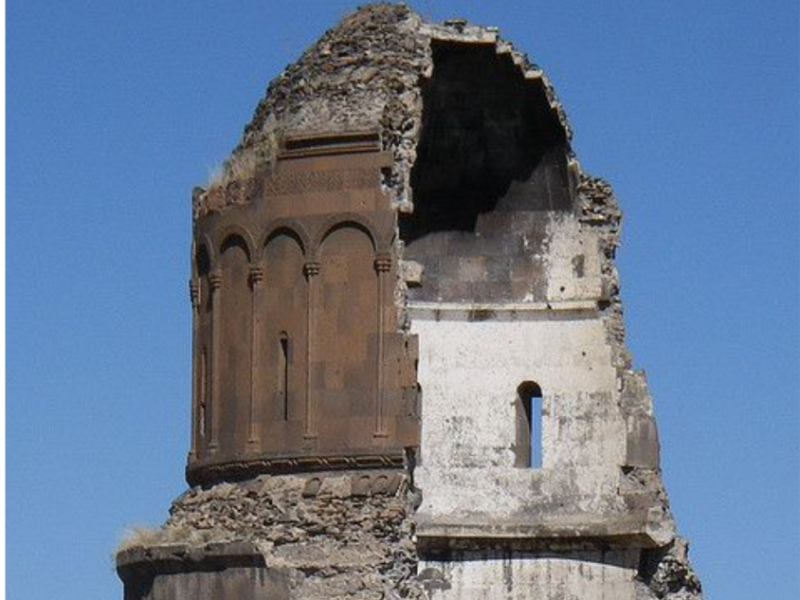
Source: Wikimedia Commons
The Church of the Holy Redeemer (1035) was built impressively by Prince Ablgharib Pahlavid; it reportedly housed a piece of the True Cross. Unfortunately, half of the church remains after it was struck by lightning in the 1950s
The End of an Era
The end of Ani’s glory days began with the Byzantine Empire’s seizure of the city in the 11th century. The Bagratunis ceded the city to Byzantine in 1046, which started a series of conflicts over control.
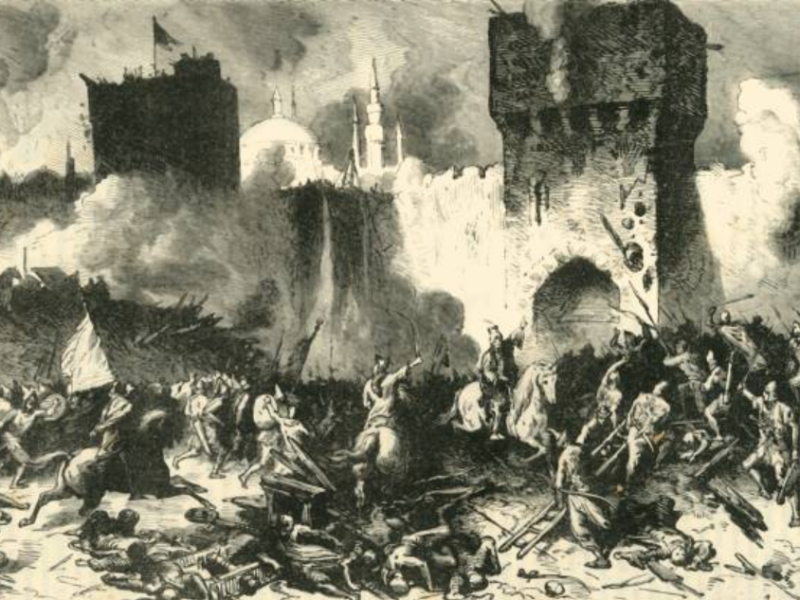
Source: Getty Images/duncan1890
The Seljuk Turks seized the city a few years later and sold it to Muslim Kurdish Shaddadid rulers. These new conquerors set in motion more ruin, massacring many of Ani’s population during a bloody siege. This was the tipping point that caused mass migration and the destruction of the trade hub.
A City in Contention
The remaining population did not give up on their prosperous city. The new regime had rules that didn’t sit well with many locals forcing them to find help and solace in their neighbors. This was not a very good idea as more problems arose.

Source: Adam Jones/Wikimedia Commons
Ani remained a site of ongoing conflict as tensions rose between the Muslim rulers and the city’s large Christian population. As a result, the Christians asked for help from the neighboring Georgian Empire, which led to ongoing disputes and the city’s disintegration.
A New Ruler Is in Town
The Zakarid Dynasty never managed to restore Ani as a mighty city, but the city enjoyed a prosperous period under their rule. The Church of St Gregory of Tigran Honents, built in 1215, remains the most intact significant building in the city.

Source: Ggia/Wikimedia Commons
Nonetheless, peace and prosperity in Ani were short-lived as the arrival of the Mongols in 1236 led to the mass murder of much of the population, and Ani’s decline into a ghost city continued. Most of the people were forced to flee, leaving the city in the hands of the Mongols.
Trouble from All Angles
As much as the war was a significant reason why Ani faced mass destruction, more problems were in store. Mother nature had plans for the city that would leave the occupants in a sad state.
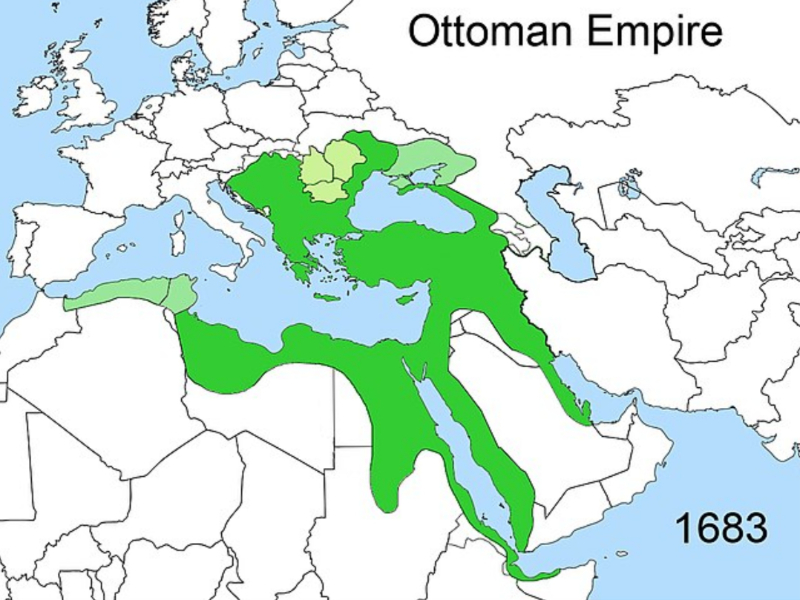
Source: Esemono/Wikimedia Commons
Next, nearby Turkish dynasties took control of Ani, but a devastating earthquake in 1319 led to the city’s continued crumbling, the population fled, and buildings collapsed. Regardless, Ani still survived, coming under the command of Persian Safavids before being assimilated into the Turkish Ottoman Empire in the late 1500s.
The Last of Their Kind
After this development, it looked like Ani was completely deserted, but that is not the case. On the contrary, a small population remained in Ani until the 18th century, when the city was abandoned entirely after the departure of its last residents, a group of monks, in 1735.
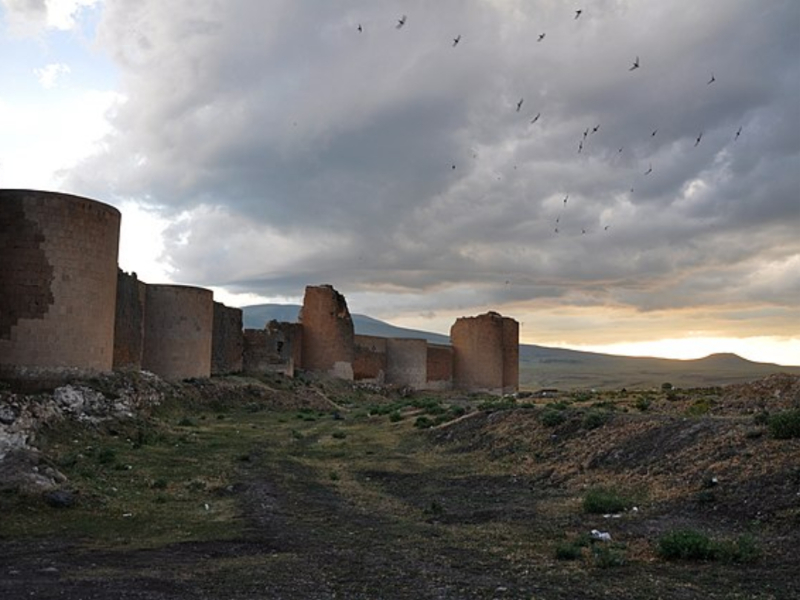
Source: Panegyrics of Granovetter/Wikimedia Commons
Ani was uninhabited for many years but regained attention in the 19th century when it came under the control of Russia after Russia defeated the Ottoman Empire in the Russo-Turkish War of the 1870s.
A New Lease on Life
Ani regained attention in the 19th century when it was under the control of Russia after Russia defeated the Ottoman Empire in the Russo-Turkish War of the 1870s. Led by Georgian archaeologist Nicholas Marr, excavations occurred at Ani between 1904 and 1917, reconstruction work on endangered buildings was done, and a museum was constructed to house the unearthed artifacts.

Source: Getty Images/Heritage Images
After centuries of strife and decline, the ghost town was about to get a new lease on life. Things were finally looking up for the city.
A New Regime Is Here
Sadly, Ani’s Russian-led renaissance was short-lived, and it fell foul of the territorial tensions of World War One and came under Ottoman jurisdiction again. After Turkey’s surrender in World War One, Ani was returned to Armenian control, similar to its glory days when the city was under the Bagratuni Empire.

Source: Citrat/Wikimedia Commons
When things were looking to calm down for the ancient city, the world went into conflict, and the beautiful city was again in the middle.
A Focal Point for Hostilities
In 1920, Ani was captured by the neighboring Turkish Republic; it remains under Turkish control today. Despite having zero population, Ani has played an essential role on the world stage.
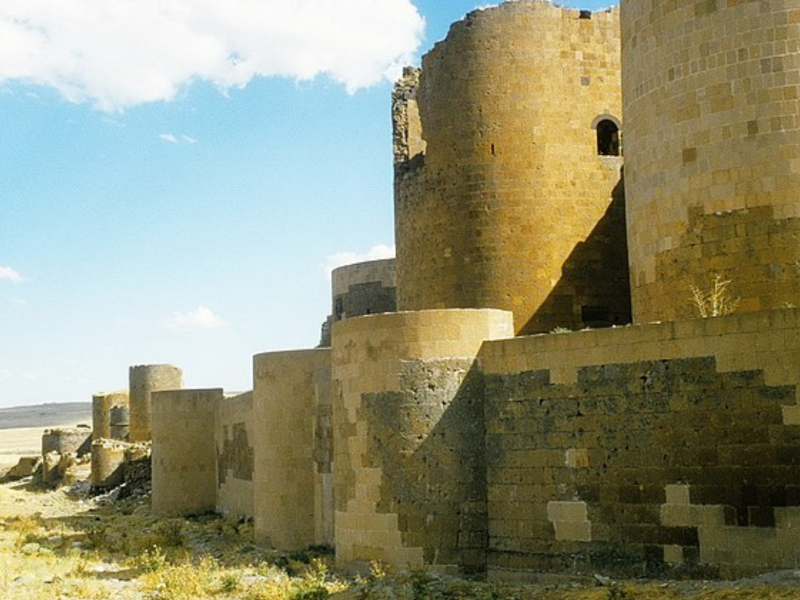
Source: Volker Höhfeld/Wikimedia Commons
It is located close to modern-day Armenia, but the border between Turkey and Armenia is closed due to disputes, making it impossible to access Armenia from Ani. As a result, Ani has become a focal point of hostile relations between Turkey and Armenia over the past century and continues to be so today.
Close to Their Hearts
Ani holds significant cultural value to Armenians, despite being situated within Turkey’s contested borders. It is separated by a river gorge but remains close to Armenian hearts. As a result, Armenians can never forget its heritage and prestige in its heydays.
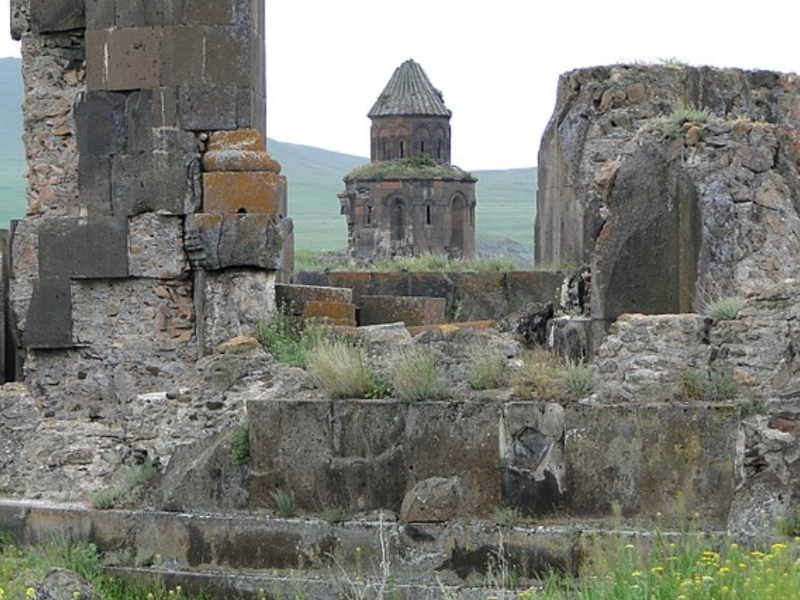
Source: Adam Jones/Wikimedia Commons
Ani’s cultural significance to Armenia today lies in its history as a metropolis a millennium ago; it was one of the world’s largest and most significant cities and the jewel in the crown of a mighty Bagratuni Empire, the cosmopolitan capital during the Armenian Golden Age.
It's a Source of Pride
Ani’s impressive ruins are a testament to when Armenia ruled over a powerful empire, one of the world’s mightiest. Ani is one of the most visible and tangible symbols of the greatness of Armenia’s past and a great source of pride.
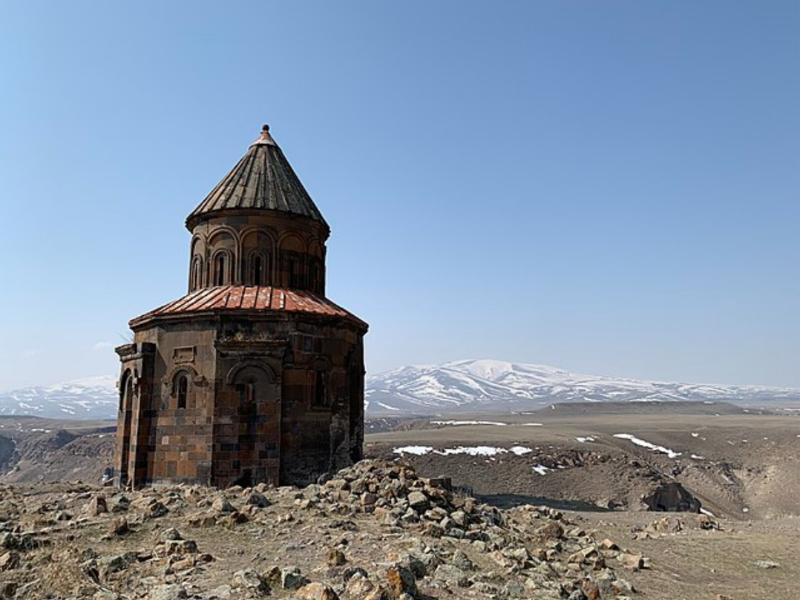
Source: Héctor Ochoa 'Robot8A'/Wikimedia Commons
This cultural importance to Armenia has seen Ani loom large in Turko-Armenian relations. In fact, in 1921, the chief of Turkey’s Eastern Front forces claimed he was instructed to wipe the city “off the face of the earth.” Though not executed, Turkish troops still caused damage to Ani.
It's a Cultural Heritage
Ani’s cultural importance to Armenia has made it a significant point in Turko-Armenian relations. In 1921, the chief of Turkey’s Eastern Front forces claimed he was instructed to wipe the city “off the face of the earth,” and while it was not executed, Turkish troops still caused damage to Ani.
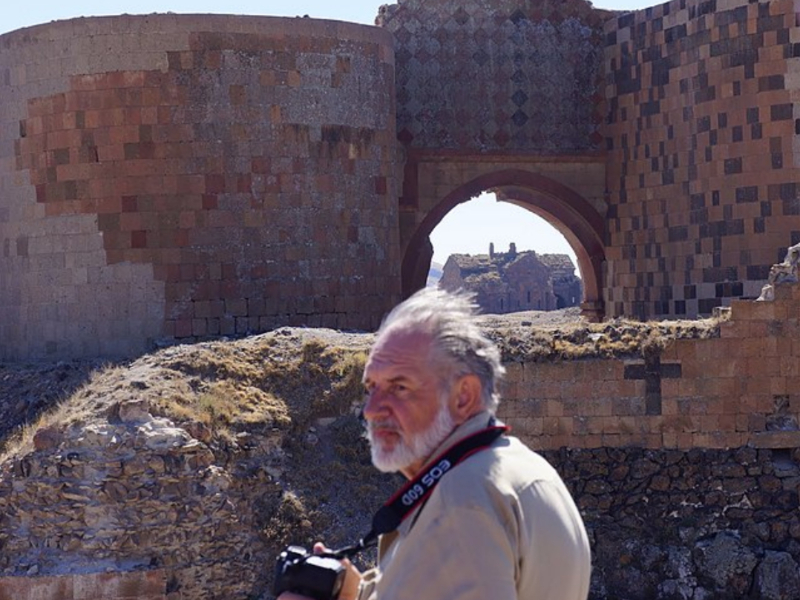
Source: Emily Uyeda Kantrim/Wikimedia Commons
During the Cold War, Ani was located on the border between the Soviet Union and NATO-member Turkey, becoming a dividing point along the Iron Curtain. As a result, the city, once an intersection point of cultures, was now a separating point of cultures and countries.
It's Still under Contention
Ani’s contested ownership explains why until 2004, visitors needed a pass from Turkish authorities to visit its ruins. During the 20th century, the Turkish military controlled the city, contributing to its deterioration as a ghost town.

Source: Başkanlığını Aydın/Wikimedia Commons
The dispute between Turkey and Armenia over Ani continues, with Armenians accusing Turkey of purposely neglecting the city as a symbolic gesture. On the other hand, Turkey claims Ani has been damaged by quarry work on the Armenian side of the border, leaving people wondering which side is being truthful.
Is There Hope for the City
Even with the constant controversy and continued deterioration, could there be hope for Ani’s resurrection as a tourist attraction? The city has benefited from recent developments recognizing its cultural and historical significance, such as its designation as a UNESCO World Heritage Site in 2016.
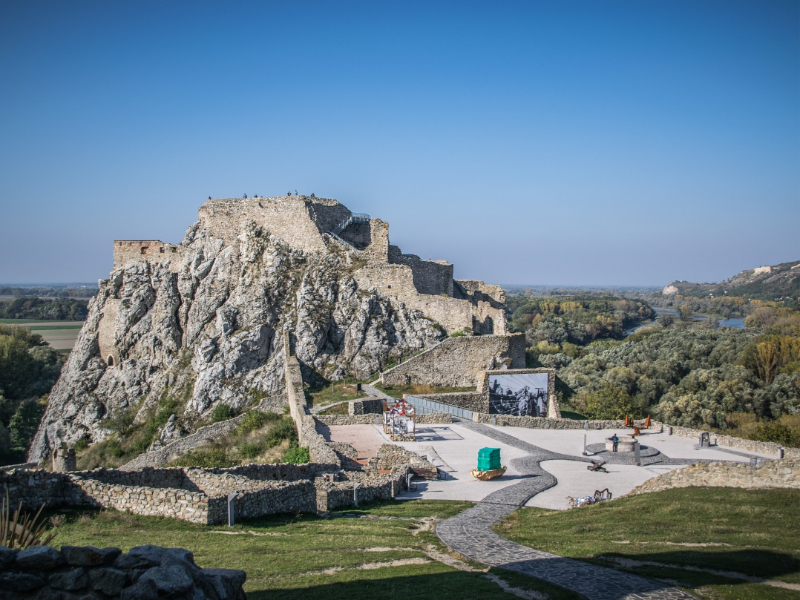
Source: Simy27/Pixabay
This recognition may help preserve Ani’s remarkable ruins and give them the potential for new life. Hopefully, the city will return to its glory days in a few years, and most of the structures will be restored.
It's the Perfect Tourist Destination
Ani’s ghost town may have a new lease of life with an initiative by the Turkish government launched in 2018 to restore its ruins and promote tourism. As a result, the city is no longer restricted by an army permit, and it is gaining attention as a must-see tourist destination.

Source: Ben Men Lyun/Wikimedia Commons
The Lonely Planet has described Ani’s ruins as “an absolute must-see.” Ani’s future may lie in its ancient origins as a medieval metropolis, and it could welcome visitors of many cultures and creeds, similar to its Silk Road heyday.
The Beginning of a New Chapter
Ani’s cultural, historical, and archaeological significance, as well as its tourism potential, are being recognized, leading to the possibility of a new chapter in its history. It is a watch this space situation as the once-great city might see a resurgence.
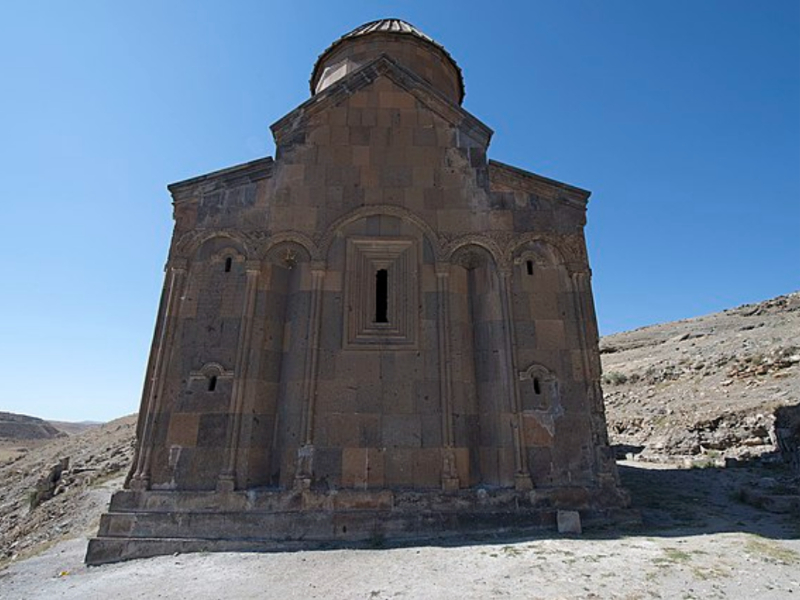
Source: Dosseman/Wikimedia Commons
The efforts from the international community and the respective governments signify that this city’s luck is finally turning around. Finally, it may be time to book a trip to the ruins and see what the ancient city looked like in its prime.
